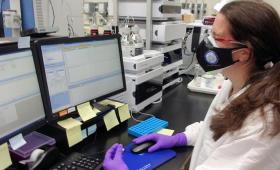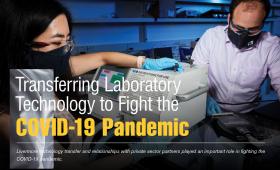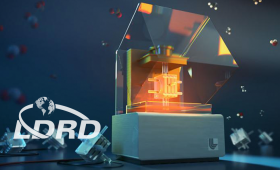Livermore scientists are improving our understanding of nuclear cloud rise using a widely adopted and strongly validated weather modeling tool.
Science and Technology Highlights

Scientists are observing changes in the Earth’s climate in every region and across the whole climate system, according to the latest Intergovernmental Panel on Climate Change Report.

LLNL Forensic Science Center scientists earned an “A” grade in the Organisation for the Prohibition of Chemical Weapons’ (OPCW) recent biomedical proficiency test.

To take advantage of the growing abundance and cheaper costs of renewable energy, Livermore scientists and engineers are 3D printing flow-through electrodes.

The next generation of high-repetition-rate, short-pulse lasers promises to accelerate and advance high-energy-density and photon science.

The new Precision Diagnostic System has an advanced array of diagnostic tools that help researchers experiment with potential methods to increase laser performance

New materials made with carbon nanotube composites and a special thin polymer layer protect first responders from chemical and biological threats without sacrificing breathability and comfort.

A new take on an additive manufacturing tool may be the key to capturing waste heat from manufacturing processes and converting it to electricity.

Livermore technology transfer and private-sector partnerships played an important role in fighting the COVID-19 pandemic.

A research team leverages the power of 3D printing to improve the performance of electrochemical reactors used to convert carbon dioxide (CO2) to useful energy sources, chemicals and material feedstocks.


